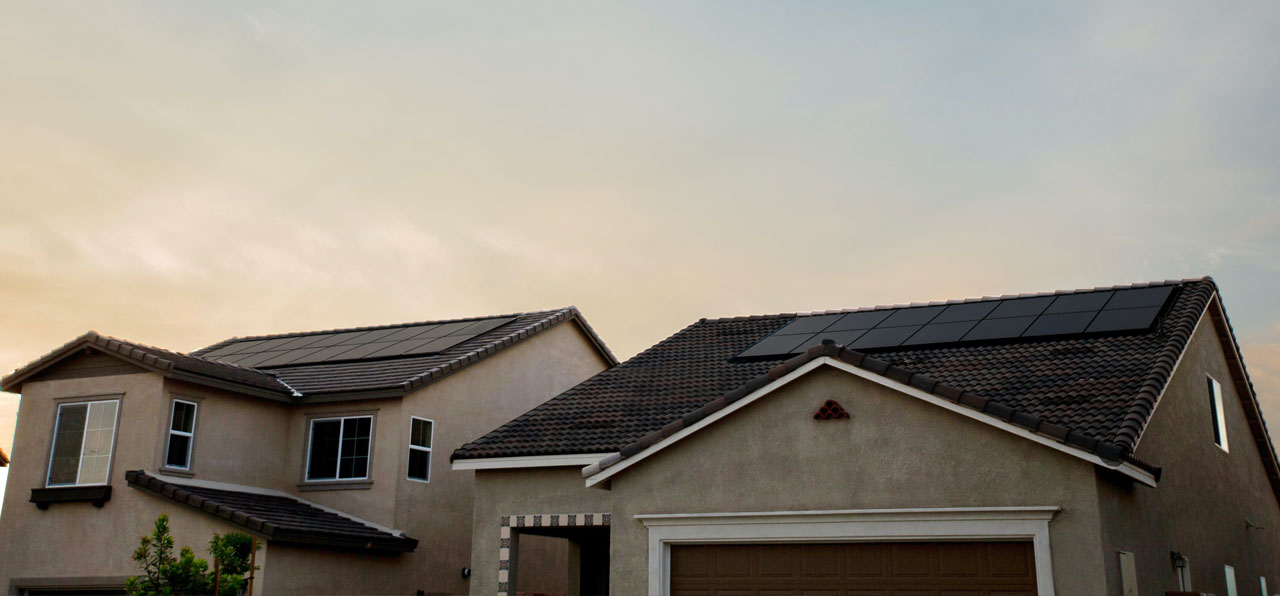
If you are someone who has invested in an inverter for home usage because of frequent power outages, this article is just right for you. The inverter, connected to batteries, enables a household to run when the power supply fails. The owner usually doesn’t understand how the system works, but he does realise that the batteries get charged when the power supply resumes.
Now, what you also need to understand is that, this power backup does not come for free. When the batteries recharge, they consume power from the grid, and that shows up in your monthly bills. And, the per-unit rates have been climbing, which you must be already aware of. In such a scenario, going solar can help you save a significant amount of money. Plus, you can do your bit for the environment this way.
However, if you are considering junking your inverter system in favour of a solar panel system, don’t! Some basic understanding of your inverter system will help you use it more wisely and affordably.
How inverters work?
As the name suggests, the inverter works by converting the alternating current (AC) received through the mains into direct current (DC). This is the form in which power can be stored in your batteries for future use. Again, when the power supply fails, your inverter “inverts” the stored DC into AC, so that your appliances can run. This is because appliances and lights do not run on DC. This critical role is performed by the inverter while the important role of storing power is fulfilled by the battery set. Now, how do you shift from this to solar power?
Solar conversion kit
A solar conversion kit is an additional device plus a solar panel which can be connected to your existing home inverter, thus transforming the system into a hybrid. By converting the normal inverter into a solar hybrid inverter, one can connect solar panels to it and start using the solar energy available during daytime for normal daily use. With the addition of the solar conversion kit, any inverter and battery-set can now be converted into a solar inverter.
More on solar conversion kit
Solar conversion kit adds two new parts to your existing inverter system. The first is a solar photovoltaic (PV) panel. You could add multiple panels if the requirement for your household is higher. The cells in the PV panel convert light energy from the sun into electric charge as the electrons get knocked off by photons in sunlight. A panel has multiple such cells, and thus generates DC. The panel should be tilted towards the sun and face southward, since India falls in the Northern hemisphere (If you were, for example, in Australia, the panels would have to be facing northward).
The other important component to be added is the solar converter. As the name suggests, it is required to match the solar PV panel voltage to the battery and regulate its charging. Not just that, it regulates the discharge (when the battery backup is being used to run appliances), too. This function reduces the risk of battery damage and improves its lifespan. Remember, batteries are an expensive component of your system. However, charge controllers are not.
Visit Genus for a complete solution, if you are thinking of upgrading your inverter to solar.
